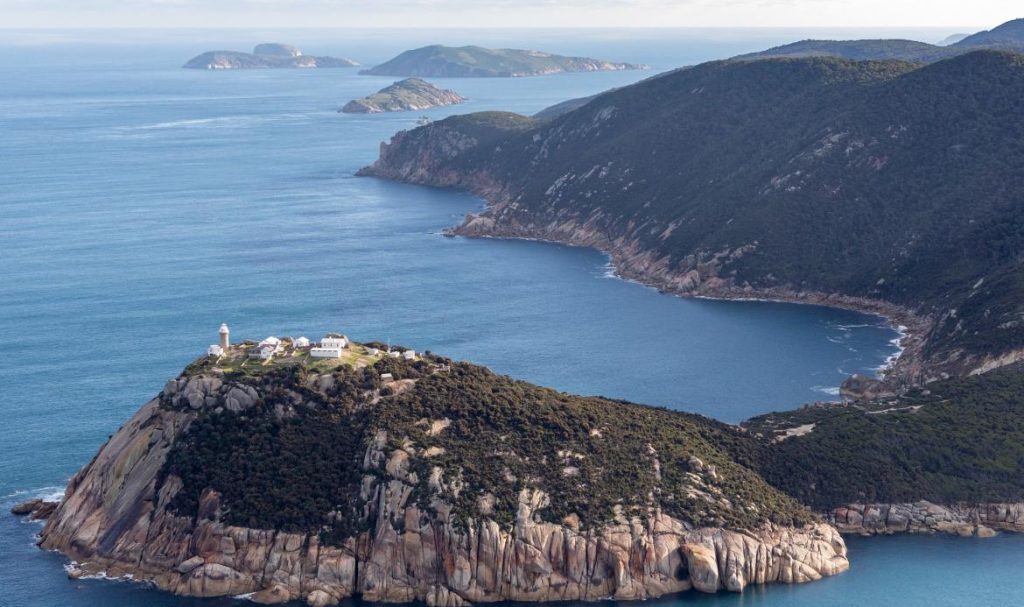
Wilsons Promontory Light Station Project
Project summary
Wilsons Promontory Light Station was built in 1859 from local granite on a narrow peninsula extending into the waters of Bass Strait, located at Australia’s most southern mainland point.
The Light Station was built to improve maritime safety at the time and is still in operation today. It was automated in 1993 to ensure reliability and is an integral maritime beacon along a network of navigation aids along Victoria’s east coast.
There are several outbuildings located in this precinct that were originally built for the lighthouse keeper and staff. Today these cabins are used by tourists for accommodation.
The objectives of this project are to remove the asbestos roof sheets and wall linings on all buildings and modernise the wastewater and rainwater harvesting systems across this site
…what we did on this project
Touch Projects were engaged by Parks Victoria and embedded within the Capital Projects team. This enabled us to work with personnel in Melbourne and the regions to better understand the operational requirements at the Wilsons Promontory Light Station. This would assist in devising a delivery strategy given the remoteness of this site, and challenging terrain.
Our role was to develop the requirements for this project, prepare the business case, obtain the approvals and manage the tender process. Once funding is secured, we will manage the construction and project administration of this project.
A number of cottages located at Lights Station have asbestos roof sheeting and asbestos lining on the walls and will be removed as part of this project. The lighthouse itself, some buildings and the stone wall fencing is listed on the Victorian Heritage Register, which means that sympathetic designs and innovative construction methodology needed to be devised, in order to retain significant structural elements and building character. The remoteness and accessibility of this location required consideration with all planning and design as the site is only accessible via helicopter or foot.
All drinking water for the light station precinct is harvested rainwater, however in recent years, due to asbestos contamination of the water supply, potable water has been required to be flown in via helicopter. This project will also deliver new potable water articulation across the site, therefore providing a sustainable water source.
Wastewater treatment across the site also requires attention, with current practices outdated and sewerage treatment systems requiring modernisation. This project will deliver a modernised and sustainable wastewater treatment solution that will not require chemical treatment, discharge to the ocean or require helicopter flyout program.
View our other Leisure & Tourism projects.

